AI in Logo Design: Should Designers Be Worried?
AI-powered design tools are making it easier than ever for businesses and individuals to create logos with just a few clicks.
This has sparked a debate: Does AI enhance human creativity, or does it pose a threat to professional designers?
Even though it’s now easier than ever to “generate” a logo using AI-powered tools, they don’t even come close to logos created by human designers.
So no, you don’t have to worry about AI replacing you as a logo designer. However, you shouldn’t completely overlook the capabilities of AI either.
In this article, we’ll explore how AI is being used in logo design, the benefits and limitations of AI-generated logos, and how you can leverage AI tools to your advantage.
How AI is Being Used in Logo Design
AI-powered design platforms use machine learning and large datasets of existing logos to generate new designs based on user preferences. These tools analyze patterns in typography, color schemes, and industry trends to create logos that fit specific brand aesthetics.
Both designers and non-designers can find benefits in using these AI tools to create logo designs.
AI Logo Generators
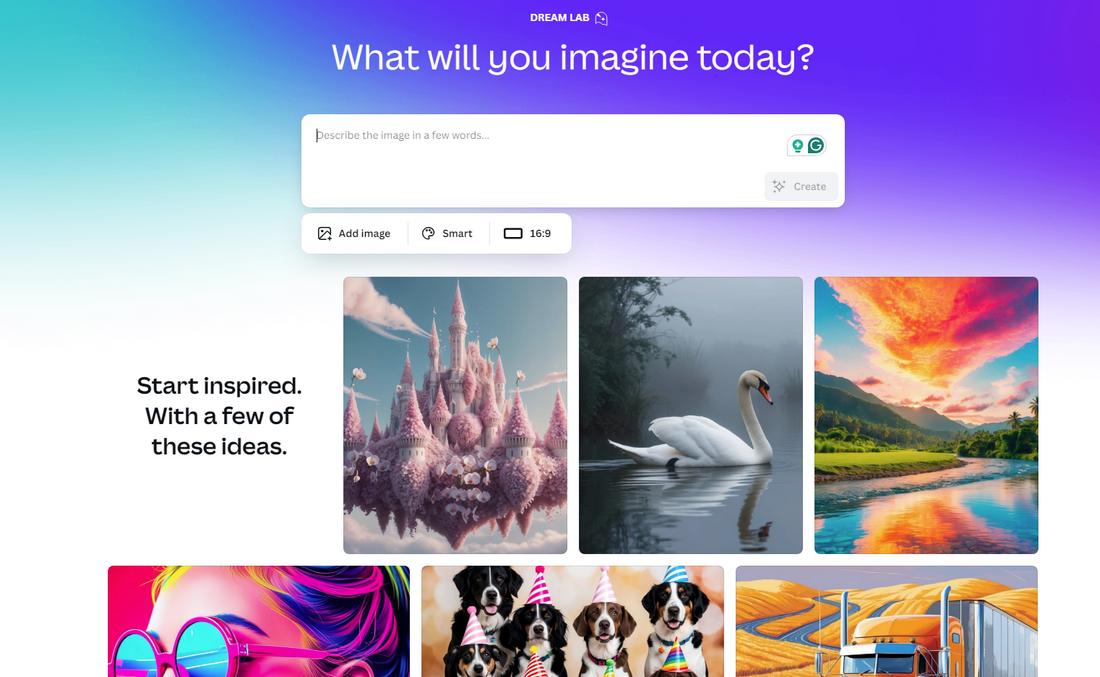
Platforms like Looka, Canva, and LogoAI allow you to enter a business name, industry, and design preferences. The AI then generates a variety of logo options within seconds, providing an easy solution for startups and small businesses that need quick branding.
These tools make it much easier for people without any design experience to easily generate simple, basic logo designs for their small projects and businesses.
Automated Design Assistance
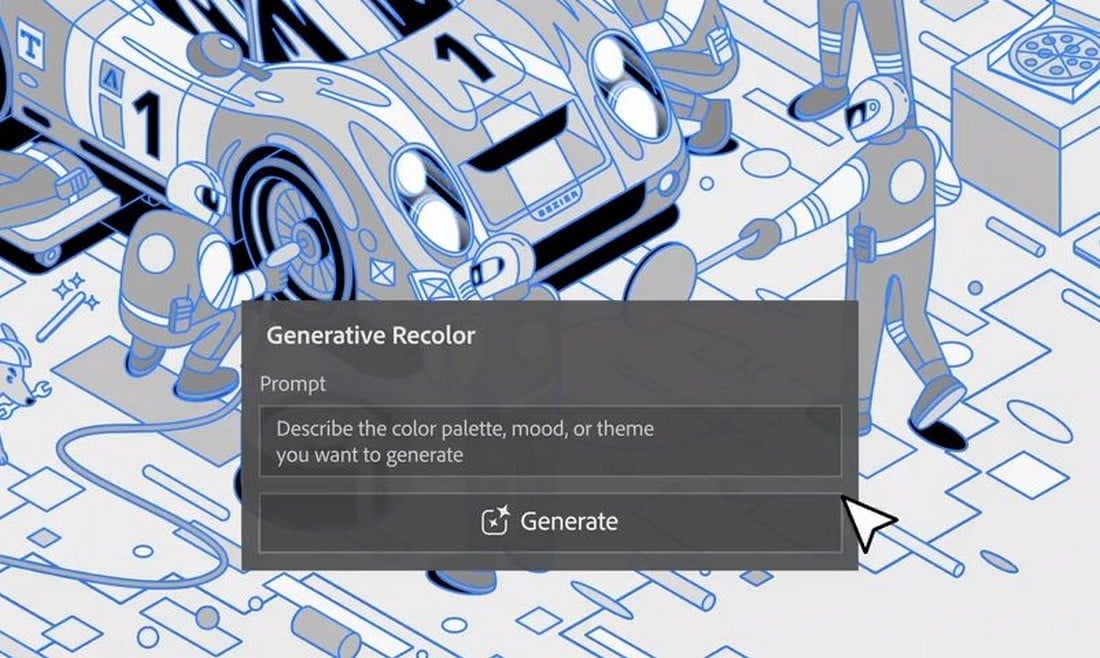
AI doesn’t just create logos—it also assists you in refining your work. Tools like Adobe Sensei help with background removal, color matching, and layout suggestions, enabling you to work faster and focus on creative decision-making.
Design software, such as Photoshop and Illustrator, now include AI-powered features that allow you to instantly add objects, generate textures, effects, and more with just text prompts.
AI for Inspiration and Idea Generation
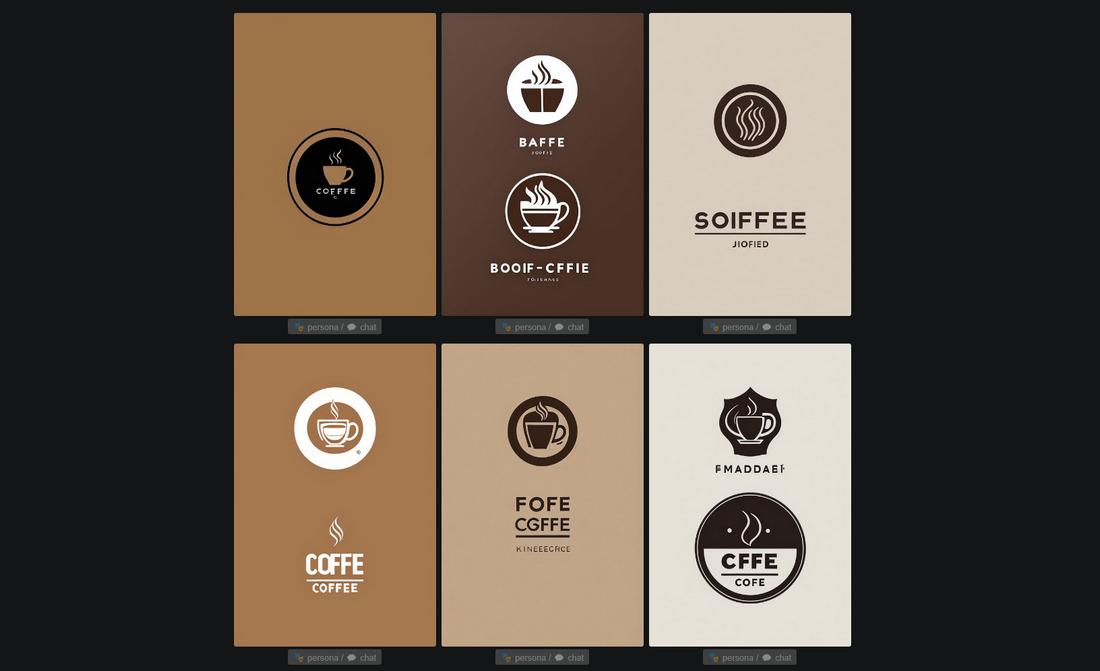
You can also use AI-generated logos as inspiration, helping them explore different styles, compositions, and color palettes before refining a concept into something unique and personalized.
AI can provide a broad starting point to create basic sketches, wireframes, and concept designs. But it takes human expertise to turn it into a meaningful brand identity.
The Benefits of AI in Logo Design
AI has introduced several advantages that make the design process more efficient and accessible.
Speed and Efficiency
AI can generate multiple logo variations in minutes, allowing businesses to explore different options without spending hours brainstorming. This is especially useful for small businesses that need branding quickly.
AI-powered design tools have reduced logo design turnaround times by up to 50% – Statista
Cost-Effective Solutions
Hiring a professional designer can be expensive, but AI logo generators offer an affordable alternative. While AI-generated logos may not be as refined as those created by a designer, they provide a budget-friendly option for small businesses with limited resources.
Data-Driven Design Insights
AI tools analyze vast amounts of design data, allowing them to recommend colors, fonts, and layouts based on industry trends. This helps businesses create logos that feel modern and relevant.
Why AI Will Not Replace Human Designers
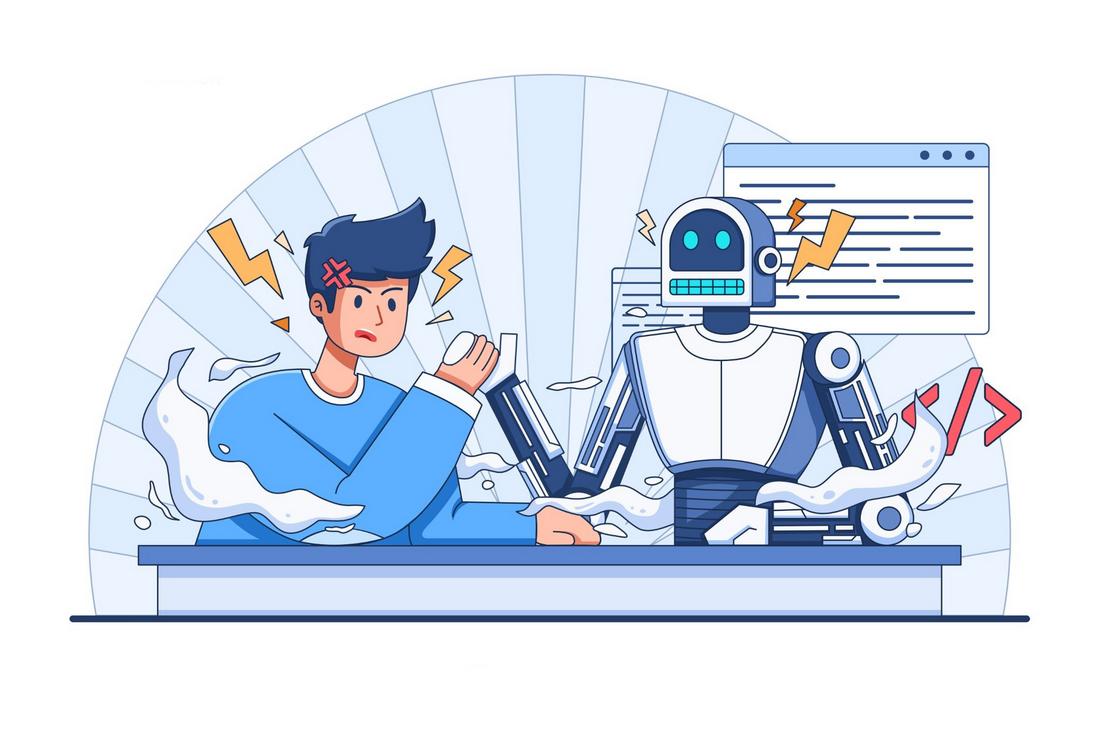
Despite its advantages, AI lacks several key elements that make human designers indispensable. One important aspect is how AI infuses its own biases into the logo designs that it generates. This would affect negatively for businesses that target specific audiences.
Creativity and Originality
AI generates logos by recognizing patterns and combining existing design elements. While this approach can produce visually appealing results, it often lacks originality.
A human designer can think outside the box, create something entirely new, and craft a visual identity that truly represents a brand.
Emotional and Cultural Understanding
Great logo design isn’t just about aesthetics—it’s about storytelling and emotional connection. Human designers understand cultural nuances, symbolism, and the psychology of branding in a way that AI cannot.
A designer can craft a logo that resonates deeply with a target audience, something an AI simply cannot replicate.
Customization and Personalization
AI-generated logos are based on templates and predefined parameters, which can result in generic designs.
Human designers work closely with clients, considering brand values, vision, and unique selling points to create a logo that is truly personalized.
Strategic Thinking
Branding is more than just a logo—it’s about positioning, messaging, and market differentiation. Human designers bring strategic thinking to the table, ensuring that the logo aligns with the company’s overall branding goals.
AI can suggest a design, but it takes a designer to integrate it into a cohesive brand identity.
The Future of Logo Design: AI and Human Collaboration
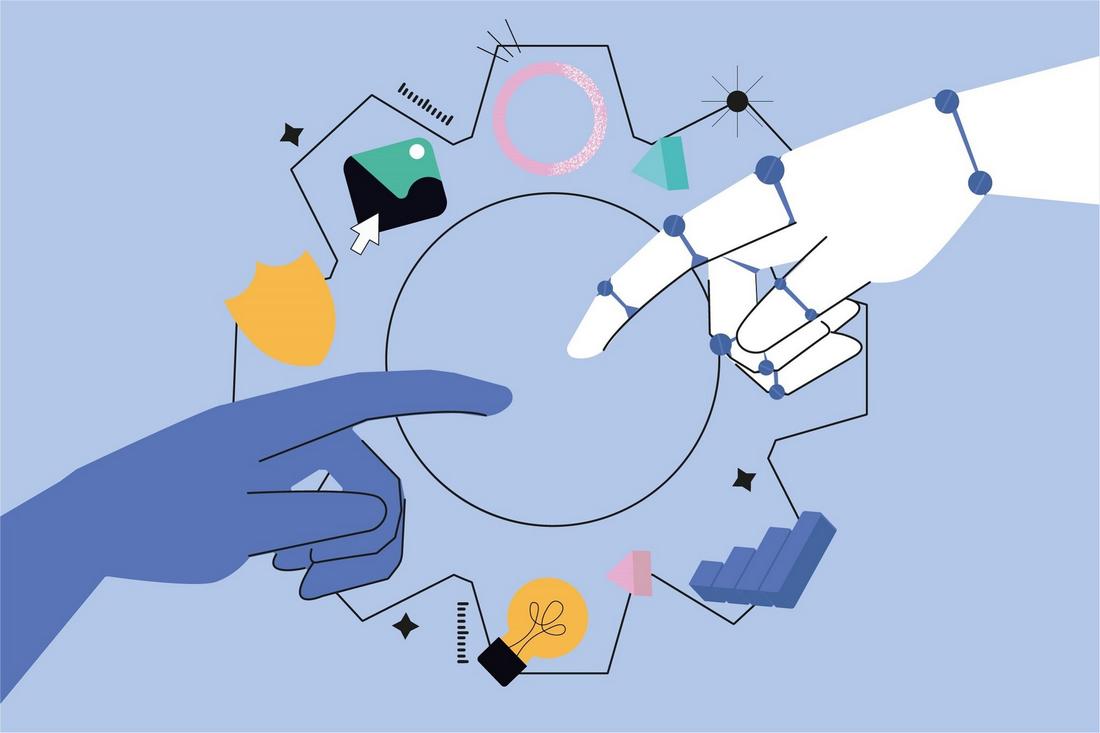
As AI technology continues to evolve, its role in logo design will expand. However, rather than replacing designers, AI will become an essential part of the creative process.
Instead of fearing AI, you should embrace it as a tool that enhances your workflow.
The most successful designers will be those who learn to integrate AI into their workflow, using it to enhance their capabilities rather than viewing it as competition.
1. AI for Brainstorming and Concept Development
AI-generated logos can serve as a starting point for designers, helping you experiment with different styles and compositions. Rather than replacing creativity, AI can provide you with new perspectives and inspiration.
2. Automating Tedious Tasks
AI can handle time-consuming tasks such as resizing logos for different platforms, removing backgrounds, or testing color combinations. This frees up designers to focus on the more conceptual and strategic aspects of branding.
3. Enhancing Efficiency Without Sacrificing Quality
By integrating AI into your workflow, you can work more efficiently without compromising on quality. AI can generate quick mockups and variations, but the designer adds the finishing touches that make a logo unique and impactful.
4. Have a Competitive Edge
The future of design will be shaped by those who leverage AI as a tool for efficiency and innovation. Designers who understand how to work alongside AI will be able to offer faster, smarter, and more strategic design solutions.
5. Clients Will Still Seek Human Expertise
While AI can provide quick design solutions, businesses seeking a strong brand identity will still turn to human designers for guidance, creativity, and customization. AI may generate ideas, but it takes a designer to refine those ideas into something meaningful and unique.
6. The Balance Between Automation and Artistry
AI will continue to play a role in automating aspects of logo design, but human artistry, creativity, and strategic thinking will always be at the heart of great branding. The key is to strike a balance, using AI for what it does best while allowing you to bring your vision to life.
Conclusion
AI is undoubtedly changing the landscape of logo design, making the process faster and more accessible. However, AI is not a replacement for human designers—it is a tool that can enhance creativity, streamline workflows, and provide new design possibilities.
Rather than fearing AI, you should see it as an opportunity. By integrating AI into your process, you can work more efficiently, focus on high-level creativity, and deliver better results for your clients.
The future of logo design will not be AI vs. humans—it will be a collaboration between AI-driven efficiency and human creativity.